What Do Tarantulas Eat?
Tarantulas, those captivating arachnids, are primarily carnivores, meaning their diet mainly consists of meat. Their food choices vary depending on their size, habitat, and the availability of prey. Understanding what tarantulas eat is essential for anyone considering owning one as a pet and for appreciating their role in the ecosystem. Tarantulas are opportunistic hunters, and their diets are quite diverse, allowing them to thrive in various environments. Providing the correct nutrition is vital for their health, growth, and overall well-being. This guide delves into the specifics of a tarantula’s diet, covering the types of food they consume and how to provide it.
Insects
Insects form the cornerstone of a tarantula’s diet, providing essential nutrients for their survival. The specific insects consumed can differ based on the tarantula’s size and the environment it inhabits. Captive tarantulas typically rely on insects readily available from pet stores or online suppliers. The insects selected should be gut-loaded before feeding to your tarantula, meaning they are fed nutritious foods before being offered as prey, thus providing a more balanced meal for the spider. This practice ensures that your tarantula receives a variety of vitamins and minerals essential for maintaining good health and promoting growth. Always research the type of insect you are feeding to make sure it’s safe and won’t harm your pet.
Crickets
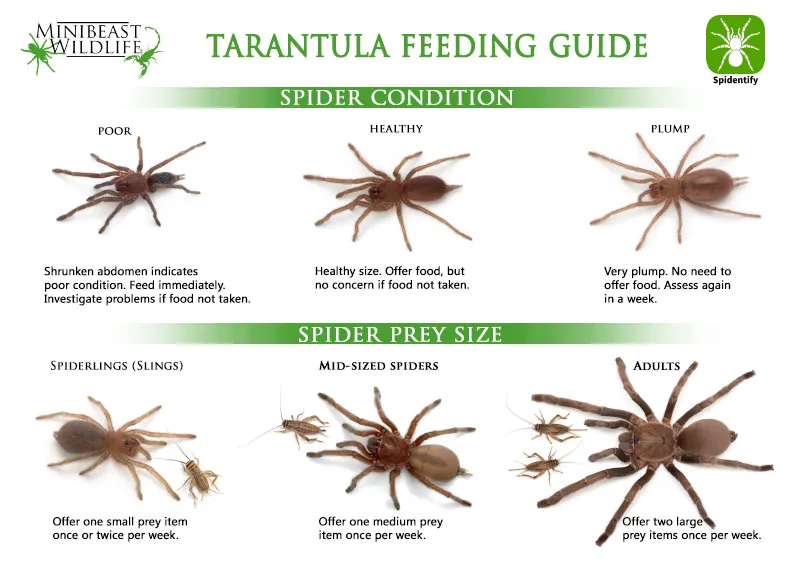
Crickets are a staple food for many tarantula species. They are relatively easy to obtain and provide a good source of protein. Crickets come in various sizes, making them suitable for tarantulas of all ages. Ensure the crickets are small enough for your tarantula to handle and consume. Gut-loading the crickets with nutritious food enhances their nutritional value, benefiting your tarantula’s overall health. Overfeeding can lead to problems, so monitor your tarantula’s feeding habits to ensure it eats appropriately.
Mealworms
Mealworms, the larval stage of the darkling beetle, are another popular food choice. They are readily available, easy to store, and relatively inexpensive. Mealworms are packed with protein, which aids in your tarantula’s growth and development. However, mealworms have a hard exoskeleton that can be difficult for tarantulas to digest. Offer mealworms in moderation and only as part of a varied diet. Remember to remove any uneaten mealworms, as they can burrow and potentially disturb your tarantula.
Roaches
Roaches, particularly dubia roaches, are considered a premium food source for tarantulas. They offer excellent nutritional value, including a good balance of protein, fat, and other essential nutrients. Roaches are also easier for tarantulas to digest than mealworms. They are slower-moving, making them easier for tarantulas to catch. However, roaches can be more challenging to obtain and may require setting up a colony. When feeding roaches, always ensure they are sourced from a reputable supplier and are free from parasites or diseases. The nutritional benefits make them a great choice for your tarantula.
Other Insects
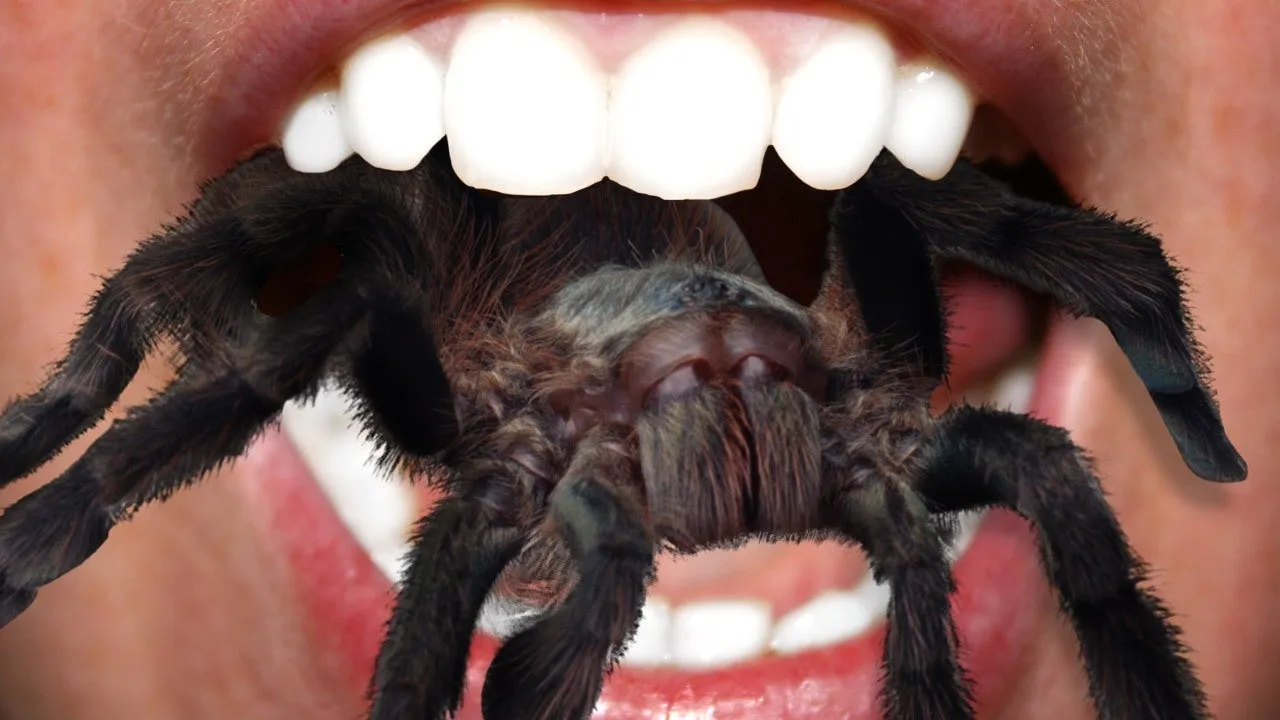
Beyond crickets, mealworms, and roaches, tarantulas can also consume various other insects. These might include grasshoppers, moths, and even smaller spiders in some instances. The key is to provide a diverse diet that mimics what the tarantula would encounter in its natural habitat. Always ensure that any insects introduced are safe for your tarantula and free of pesticides or parasites. Providing a variety of insects also keeps the diet interesting and stimulates the tarantula’s natural hunting instincts. Monitoring your tarantula’s response to different food types helps in creating a balanced diet.
Vertebrates
While insects are the primary food source, larger tarantulas may occasionally consume small vertebrates. This is more common in the wild, where tarantulas can encounter a wider range of prey. Feeding vertebrates should be done cautiously and infrequently in a captive setting, as it’s not a primary part of their diet. Make sure to research the source and health of any vertebrates to avoid the risk of disease or parasites.
Small Mice
Very large tarantulas, especially certain species, might eat small mice. This is not a regular part of their diet and should only be offered sparingly. Mice are high in fat, which can lead to health issues in tarantulas if overfed. If you decide to offer a pinky mouse, ensure it is appropriately sized for your tarantula. Monitor your tarantula’s condition, and remove any uneaten portions promptly.
Small Lizards
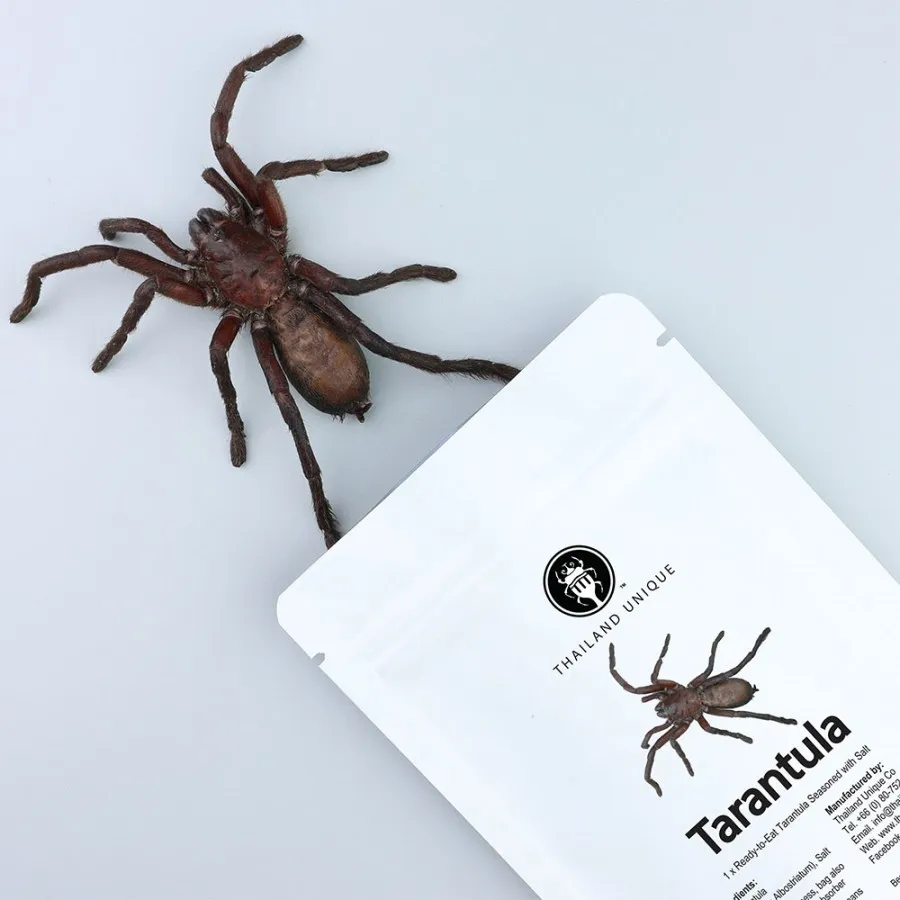
In the wild, tarantulas might occasionally prey on small lizards. This is less common in captive environments. The nutritional content of lizards can vary, and their presence can introduce parasites. Therefore, feeding lizards to your pet tarantula is generally not recommended. Always prioritize a diet of insects that are safe and easily digestible. Avoid wild-caught prey to minimize the risk of disease transmission.
Frogs
Frogs are a potential food source for tarantulas in the wild. However, like lizards, they are not typically included in a captive tarantula’s diet. Frogs can carry diseases and parasites, posing a risk to your tarantula’s health. Stick to a diet of insects that are specifically bred for this purpose, as this guarantees a balanced diet and avoids the risks associated with wild-caught prey.
Feeding Frequency
The frequency with which you feed your tarantula depends largely on its age. Spiderlings, juveniles, and adult tarantulas have different feeding requirements. Overfeeding can cause stress, while underfeeding can hinder growth and development. Monitoring your tarantula’s appetite and body condition is essential for adjusting feeding frequency. Providing the right amount of food ensures your tarantula stays healthy and thrives.
Spiderlings
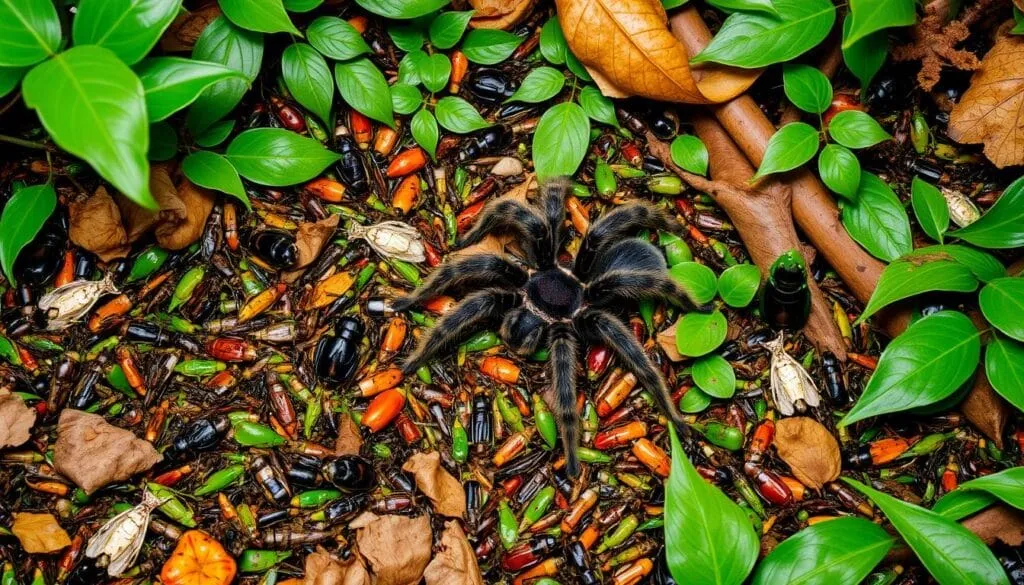
Spiderlings, the youngest tarantulas, have a high metabolism and require frequent feedings. Feeding them every other day or even daily may be necessary. Offer small, appropriately sized insects like pinhead crickets or flightless fruit flies. Keep a close eye on the spiderling’s abdomen; it should appear plump but not overly distended. As the spiderling grows, you can gradually reduce the feeding frequency.
Juveniles
Juvenile tarantulas can be fed every 3 to 7 days, depending on their growth rate and the size of the insects offered. Monitor their abdomen size and appetite. If the abdomen is consistently plump, reduce the feeding frequency. As they approach adulthood, their feeding needs will change, so it’s important to remain attentive. Providing an appropriate amount of food is essential for healthy development. Be sure to adjust the feeding schedule as they grow and mature.
Adults
Adult tarantulas generally need less frequent feeding, typically once every 1 to 2 weeks. Some adult tarantulas may even eat less often, sometimes going months between meals. Overfeeding can lead to health problems. Observe your tarantula’s behavior, and only offer food when it shows signs of hunger. A well-fed adult tarantula will have a rounded abdomen. Monitor your adult tarantula’s eating habits closely to ensure they remain healthy and thriving. Water should be available at all times.
How to Feed Your Tarantula
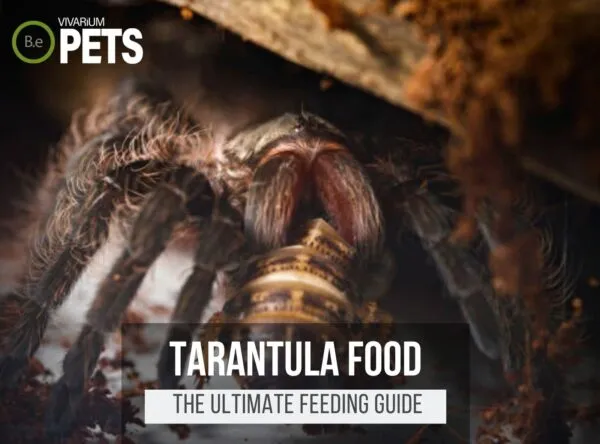
Proper feeding techniques are just as important as the diet itself. This includes choosing the right food, preparing it properly, and using the correct feeding techniques. The right approach guarantees that your tarantula eats safely and effectively. The key is to create a feeding environment that minimizes stress while providing the required nutrition. Always prioritize the tarantula’s well-being by maintaining a clean and safe feeding area.
Choosing the Right Food
The size of the food should always match the size of your tarantula. Insects should be no larger than the tarantula’s body length. Choose insects that are active and healthy. The health of your tarantula depends on the quality of its food source. Insects should be gut-loaded to maximize nutritional value. Varying the diet with different insects ensures a good balance of nutrients. Offering a variety of foods keeps the tarantula interested and stimulated.
Preparing the Food
Gut-loading insects is crucial before offering them to your tarantula. Feed the insects nutritious foods such as fruits, vegetables, and commercial insect food for at least 24 hours before feeding them to your tarantula. This enriches the nutritional content of the insects. Always ensure the insects are free from pesticides or diseases. Clean the enclosure regularly to prevent the build-up of uneaten food and waste. Ensure fresh water is available for the insects you are using as food.
Feeding Techniques
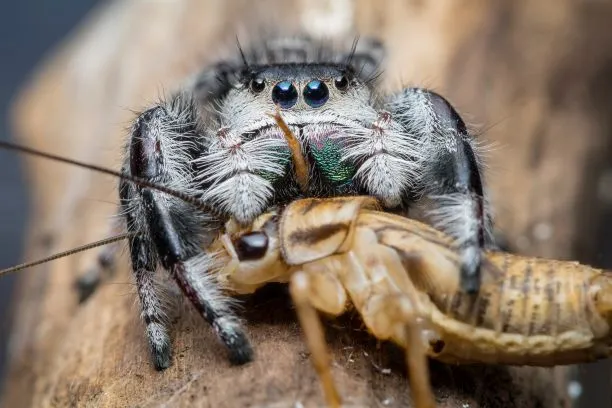
Use long tongs to offer food to your tarantula, keeping your distance. This reduces the risk of being bitten and provides a safe approach. Drop the insect into the enclosure and let the tarantula hunt. Do not disturb the tarantula while it’s eating. Remove uneaten food after 24 hours to prevent stress and mold growth. Always maintain a clean enclosure to ensure a healthy and safe environment. Monitor your tarantula’s feeding behavior and adjust the techniques as needed.
Signs Your Tarantula Is Hungry
Recognizing the signs of hunger is crucial for properly caring for your tarantula. Tarantulas communicate their needs through subtle behaviors. Understanding these cues can help you determine the appropriate feeding schedule and prevent overfeeding or underfeeding. The tarantula’s behavior provides important insight into its health and well-being. Watch for signs that your tarantula is ready to eat, and adjust feeding as necessary.
Refusing Food
A tarantula may refuse food for several reasons, including molting, stress, or pre-molt. If your tarantula refuses food, check the enclosure conditions and ensure there’s no disturbance. If a tarantula is about to molt, it will often stop eating. Avoid offering food during molting. If the tarantula continues to refuse food, consult a veterinarian or experienced tarantula keeper. Keep a close eye on their behavior and overall health.
Lethargy

Lethargy, or a lack of energy, can be a sign of hunger, but also a symptom of other health issues. If your tarantula appears sluggish, check its enclosure for appropriate temperature and humidity levels. Provide a water source. Offer food, but do not force it to eat. Monitor its behavior, and if lethargy persists, seek professional advice. A lethargic tarantula may require immediate veterinary attention, so it’s essential to keep a close watch and assess the situation carefully.
Weight Loss
Significant weight loss is a clear indication that your tarantula is not eating enough. Check your feeding schedule and ensure it is appropriate for the tarantula’s size and age. Ensure the food is the right size and that the tarantula has access to clean water. If weight loss persists, examine the tarantula for other signs of illness or stress. Consult with an expert to ensure your tarantula receives the necessary care.
Conclusion
Understanding what tarantulas eat is essential for responsible pet ownership. Providing a balanced and appropriate diet ensures your tarantula remains healthy and happy. Remember to consider the tarantula’s age, size, and species when planning its meals. By following the guidelines in this guide, you can provide the right nutrition and create an environment where your tarantula can thrive. Enjoy your journey as a tarantula keeper and always prioritize the health and well-being of your fascinating pet. Proper feeding is critical to a tarantula’s life and longevity.
